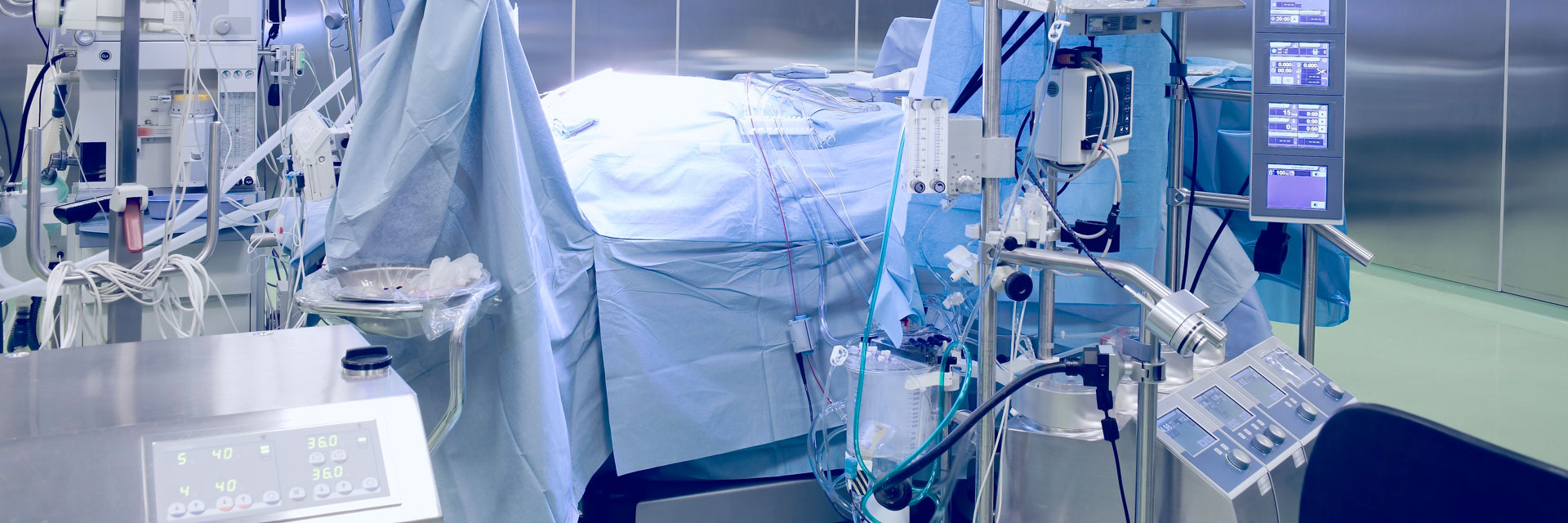

Bacteriostatic means that an agent inhibits the growth of bacteria, whereas bactericidal means that an agent kills bacteria. In this regard, it is assumed that bactericidal agents are superior to bacteriostatic agents.
.jpg)
Antibacterial products are commonly used to treat fabrics, plastics and coatings to prevent bacteria in general. These products mainly work by preventing or destroying the growth of unwanted microorganisms that grow and proliferate on surfaces or fabrics. These agents are effective in keeping surfaces cleaner, reducing odors and contributing to the product's longevity. Products that help control these microorganisms fall into two general categories: bactericidal and bacteriostatic.
If the concentration of a bacteriostatic application is particularly high, it may perform to better reflect the effects expected of a bactericidal. However, this does not mean that this product is bactericidal.
Bacteriostatic practices differ from bactericidal applications in that they inhibit the growth and reproduction of bacterial cells rather than directly killing them. Bacteriostatic agents target protein synthesis in most cases and try to inhibit the bacterial cell's metabolic systems. Doing so does not cause cell death, only effectively inhibits the further growth of bacterial cells. When bacteriostatic agents are used, bacteria are not destroyed, only their reproduction is prevented, so their number does not increase.
The tests conducted to determine bacteriostatic activity in textile products are based on the AATCC 147 standard developed by the American Textile Chemists and Colorists Association (AATCC) (AATCC 147 Evaluation of textile materials: parallel line method). Due to the name of the standard, the test method presented in this standard is better known as the parallel line method.
The test method is designed to evaluate the antibacterial activity of antimicrobial agents dispersed on textile materials. In other words, the ability of the textile product to inhibit the growth of microorganisms and to be bacteriostatic is determined.
Textile products are environments that provide suitable temperature, humidity and nutrition for the survival and reproduction of microorganisms due to their structure and usage. Microorganisms that settle here harm both the textile product and the person using it. Textile products with antimicrobial properties help reduce and eliminate these negativities. Determination of bacteriostatic activity in textile products is effective in preventing microorganisms.
Our organization, among numerous tests, measurement, analysis and evaluation studies, with a trained and expert staff and advanced technological equipment, within the framework of national and international standards, provides bacteriostatic activity determination test services in textile products in accordance with AATCC 147 standard gives.
To get an appointment, to get more detailed information or to request an evaluation, you can ask us to fill in our form and reach you.